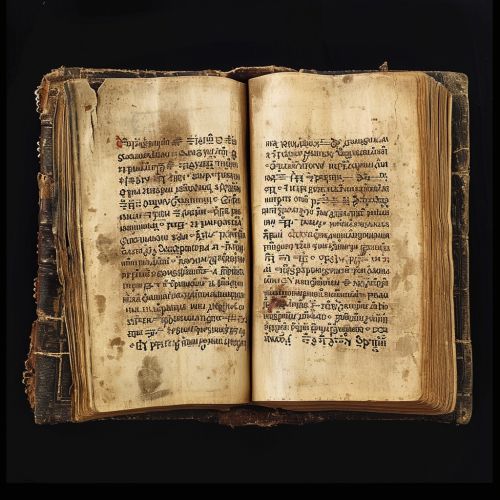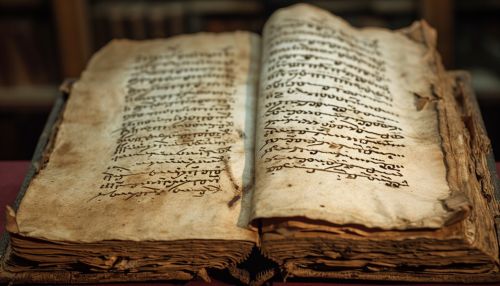Bulgarian language
Introduction
The Bulgarian language is an Indo-European language, a member of the Southern branch of the Slavic languages. It is the official language of Bulgaria, used by approximately 8 million people worldwide. Bulgarian has several characteristics that distinguish it from other Slavic languages, including its system of phonology, morphology, syntax, and vocabulary.
History
The Bulgarian language has a rich history dating back to the 9th century, with the creation of the Glagolitic alphabet by the Saints Cyril and Methodius. The language has evolved over the centuries from Old Bulgarian (also known as Old Church Slavonic), through Middle Bulgarian, to Modern Bulgarian.
Old Bulgarian
Old Bulgarian, also known as Old Church Slavonic, was the first Slavic literary language. It was highly influenced by the liturgical language, Greek. The first Bulgarian Empire was instrumental in the spread of Old Bulgarian, which served as the lingua franca of medieval Eastern Europe.
Middle Bulgarian
Middle Bulgarian was the language spoken in the Bulgarian Empire from the 12th to the 15th century. It was characterized by changes in the noun and verb systems, as well as the adoption of a modified Cyrillic alphabet.
Modern Bulgarian
Modern Bulgarian emerged in the 16th century and is characterized by complex verbal morphology and simplified noun morphology. It has been influenced by several languages, including Turkish, Greek, and Romanian, due to historical interactions and geographical proximity.
Phonology
Bulgarian phonology is characterized by a number of distinctive features. The language has a relatively simple system of consonants but a complex system of vowels. Stress in Bulgarian is dynamic, but unlike English, it is not phonemic.
Consonants
Bulgarian has a total of 35 consonant phonemes. These include stops, fricatives, affricates, nasals, liquids, and glides. The language also has a series of palatalized consonants.
Vowels
Bulgarian has a total of six vowel phonemes. These are /a/, /ɛ/, /i/, /ɔ/, /u/, and /ə/. The vowel /ə/ is unique to Bulgarian and Macedonian among Slavic languages.
Grammar
Bulgarian grammar is notable for its complexity, with a rich system of inflectional and derivational morphology. It is characterized by a lack of noun cases, a feature that distinguishes it from other Slavic languages.
Nouns
Bulgarian nouns are inflected for number (singular and plural) and definiteness, but not for case. There are three grammatical genders: masculine, feminine, and neuter.
Verbs
Bulgarian verbs are inflected for person, number, tense, mood, voice, and aspect. The language has a rich system of verbal prefixes and suffixes, which are used to express various grammatical and semantic features.
Vocabulary
The Bulgarian vocabulary is a mix of native Slavic words, loanwords from other languages, and neologisms. The language has been influenced by Greek, Latin, Turkish, and more recently, English.
Writing system
Bulgarian uses the Cyrillic alphabet, which was originally developed in the First Bulgarian Empire during the 9th century. The modern Bulgarian alphabet consists of 30 letters.
Dialects
There are several dialects of Bulgarian, which are generally divided into Eastern and Western groups. These dialects vary primarily in phonology, but also in vocabulary and grammar.
Status and use
Bulgarian is the official language of Bulgaria and is also spoken in some parts of Greece, Romania, Moldova, Ukraine, and Serbia. It is one of the official languages of the European Union.
See Also


